The extraction process for cannabis is a complex, multi-step procedure that transforms the raw plant into a concentrated form that can be used in a variety of products, from oils to edibles. It involves several stages—including growing, harvesting, curing, extracting, and distilling. Each step is crucial and requires careful attention to detail to ensure the final product's quality and potency. Here is everything you need to know about extracting THC and creating concentrates that cannabis consumers enjoy.
Growing Cannabis Plants
The journey towards extraction begins with the cultivation of the cannabis plant. This step is critical because the quality of the grown cannabis directly impacts the quality of the final extract. Cultivation involves selecting suitable cannabis strains, preparing the growing medium, nurturing the plants, and providing optimal growth conditions.
Cannabis plants require specific light, temperature, and humidity conditions to flourish. They also need proper nutrition, which includes a balance of macronutrients and micronutrients. Regular monitoring of the plants is necessary to guard against pests and diseases.
Different strains of cannabis produce different levels of cannabinoids and terpenes, which are the main compounds extracted from the plant. Therefore, the selection of strain is an important decision based on the desired outcome of the extraction.
Harvesting Plant Material
Harvesting is the next step after the plants have fully matured. The timing of the harvest is crucial as it affects the concentration of cannabinoids, particularly THC and CBD. Harvest too early, and the plant will not have reached its full potential; harvest too late, and some of the cannabinoids may have started to degrade.
Harvesting involves cutting the plant, removing excess leaves, and preparing the plant for curing. The harvested plant material, often referred to as "biomass," contains all the components needed for extraction.
Curing Harvested Cannabis Plant Matter
After harvesting, the dried cannabis flowers and plants go through a curing process. Curing is the controlled drying of the cannabis to optimize the potency and flavor of the final product. It involves storing the harvested and dried cannabis flowers in a controlled environment to allow for the slow drying of the plant.
Curing allows the cannabis plant to continue its natural processes, which can enhance the levels of cannabinoids and terpenes. It also helps to break down unwanted sugars and pigments, which can lead to a smoother, less harsh product.
Extracting THC Oil
Extraction is where the magic happens. This process involves separating the desired compounds (like THC, CBD, and terpenes) from the plant material. Several extraction methods exist—including CO2 extraction, ethanol extraction, hydrocarbon extraction, and more.
The choice of extraction method depends on the end product's intended use and the manufacturer's preferences. Regardless of the method used, the goal is the same: Manufacturers must separate the valuable compounds from the plant matter effectively and safely.
Refining Extract
Once the extraction is complete, the resulting product is refined to remove any impurities or undesired components. The refining process can involve processes like isomerization, winterization, decarboxylation, and filtration.
While removing contaminants and unwanted cannabis plant matter is beneficial, the refining process may also include the use of other harmful chemicals, like hexane. It's important to purchase products that have undergone third-party lab testing for purity.
Distilling Extract
After extraction, the resulting concentrate undergoes a distillation process. Distillation further refines the extract by removing any remaining unwanted compounds. It involves heating the concentrate to vaporize the desired compounds, which are then condensed and collected separately.
Distillation can increase the purity and potency of the extract. It can also provide a cleaner, more consistent product, free from impurities and contaminants. This step is especially important for products that require a high level of purity, like pharmaceuticals or certain types of edibles.
Why Extract THC Oil from the Cannabis Plant?
The extraction of THC oil from the cannabis plant is a widely used process valued by both consumers and manufacturers for a variety of reasons. THC, or tetrahydrocannabinol, is the main psychoactive compound found in cannabis that produces the high sensation. Its oil form is highly concentrated, which makes it particularly potent and versatile for different uses.
One of the primary reasons for extracting THC oil from cannabis is the growing consumer demand. Many users prefer THC oil because it offers a more intense and longer-lasting effect compared to smoking or vaping raw cannabis. It also provides a more convenient and discreet method of consumption. For instance, THC oil can be used in vaporizers, applied topically, or incorporated into edibles.
Moreover, the effects of THC oil can be more easily controlled and measured. This allows users to adjust their serving size according to their specific needs and tolerance levels. This precision is particularly important as it enables them to utilize the potential benefits of THC, such as muscle and joint support, without the risk of consuming too much.
In addition, THC oil can offer a cleaner experience compared to traditional smoking, as it eliminates the inhalation of smoke and the potentially harmful byproducts associated with combustion.
From a manufacturer's perspective, the extraction of THC oil presents lucrative business opportunities. As the cannabis industry continues to grow and evolve, there is an increasing demand for more refined and diverse products. THC oil fits perfectly into this trend, offering a high-value product that can be used in various forms, from tinctures to edibles and skincare products.
The extraction process also allows manufacturers to have greater control over the product's quality and consistency. Through extraction, THC can be isolated from unwanted compounds, ensuring a purer and more predictable product. This not only improves the consumer experience but also adds to the brand's reputation for quality.
Furthermore, the extraction of THC oil can be more cost-effective in the long run. While the extraction process requires an initial investment in equipment and expertise, the resulting oil is highly concentrated, meaning a little goes a long way. This makes THC oil a more efficient use of the cannabis plant, potentially leading to higher profit margins.
What Is More Potent: Cannabis Extracts or Flowers?
Cannabis extracts are generally more potent than cannabis flowers. The primary difference between the two lies in their levels of potency, particularly in the concentration of THC, which we mentioned is the main psychoactive compound in cannabis.
Cannabis flowers typically contain between 10 and 30% THC. This potency can vary depending on the strain and cultivation techniques. In contrast, cannabis concentrates can have a THC content ranging from 60 to 80%, and in some cases, the concentration can be even higher. This makes concentrates significantly more potent than cannabis flowers.
Concentrates are created through an extraction process that isolates the essential oils containing cannabinoids like THC and CBD, as well as terpenes, from the plant material. This results in a highly concentrated product—hence the name "concentrates."
The increased potency of cannabis concentrates means that users require less of the product to experience its effects. This can lead to a more intense and longer-lasting experience, which some users may prefer. However, the high potency also means that concentrates should be used with caution, especially by those new to cannabis or those with low tolerance levels.
It's worth noting that while concentrates are more potent, this doesn't necessarily mean they are better or worse than cannabis flowers. The choice between the two often comes down to personal preference, desired effects, and individual tolerance levels.
Types of Cannabis Extraction Methods
The cannabis extraction process involves the separation of cannabinoids, terpenes, and other beneficial compounds from the plant material. Various common cannabis extraction methods exist, each with their unique set of benefits and drawbacks. The choice of method can significantly impact the quality, purity, and potency of the resulting THC extract. This article will delve into three professional and common cannabis extraction methods: CO2 extraction, ethanol extraction, and hydrocarbon extraction.
CO2 Extraction
CO2 extraction is the best way to extract THC. It’s considered one of the most efficient and generally safe methods for extracting cannabis compounds. It uses supercritical carbon dioxide (CO2) as a non-toxic solvent to separate the desired compounds from the plant material.
This process operates in a closed-loop system that is entirely sealed off from the external environment. Closed-loop systems ensure that the carbon dioxide used as a solvent does not escape into the atmosphere.
In this process, CO2 is subjected to high pressure and temperature, transforming it into a state that has properties of both a gas and a liquid. This supercritical CO2 is then passed through the plant material, dissolving and capturing the cannabinoids and terpenes. The extract-laden CO2 is then separated from the plant material and depressurized, leaving behind the concentrated cannabis extract.
One significant advantage of CO2 extraction is its selectivity. Manufacturers can manipulate temperatures and pressure levels to target specific compounds. Inevitably, this leads to a purer extract quality than an isopropyl or ethanol extract will provide. Moreover, since CO2 is a naturally occurring compound, it leaves no toxic residues, making the product generally safe for consumption.
With all of these pros, there are still some cons to this oil extraction method. CO2 extraction equipment is expensive and requires technical expertise to operate, which may be a barrier for some manufacturers. Also, the process can be time-consuming compared to other methods used in the hemp industry.
Alcohol Extraction
Both ethanol and isopropyl oil extractions are common methods for extracting valuable compounds like cannabinoids, terpenes, and other desirable compounds within the plant's properties.
Since both of these alcohols are a polar solvent, they share similarities in their processes. However, they also possess distinct characteristics that set them apart.
The main advantage of an ethanol solvent is its ability to extract a wide range of compounds, yielding a full spectrum extract that preserves the plant's natural balance of cannabinoids and terpenes. With that said, the ethanol extraction process also extracts chlorophyll. Chlorophyll can give the final product a greenish color and a slightly bitter taste.
On the other hand, isopropyl oil extraction specifically targets THC, one of the many cannabinoids found in cannabis. It employs isopropyl alcohol as a solvent to separate the THC-rich oil from the cannabis flower buds. Unlike ethanol extraction, this method does not result in the extraction of chlorophyll—hence, avoiding the bitter taste and greenish color in the final product.
The extraction process for both methods involves soaking the plant material in their respective solvents and dissolving the desired compounds. Mixtures are then subjected to a crucial step—the removal of the solvent. This is achieved by using a vacuum oven—a critical piece of equipment in these extraction processes.
The vacuum oven heats the mixture under controlled temperatures, allowing the solvent to evaporate without destroying the beneficial compounds. Precise temperature control is crucial for preserving the integrity of the cannabinoids and terpenes, as excessive heat can degrade these compounds, reducing the quality and potency of the final product.
Once the solvent has been successfully removed in the vacuum oven, what remains is a concentrated extract.
Innovations in this field have introduced methods like algorithmic extraction, designed to further enhance the efficiency and precision of cannabinoid extraction. This approach manipulates temperatures in a way that preserves valuable compounds throughout the process, offering a more advanced method for extracting cannabinoids.
Hydrocarbon Extraction
Hydrocarbon extraction uses hydrocarbons, typically butane or propane, as solvents to extract the desired compounds from the cannabis plant.
The process involves passing the solvent through the plant material under controlled temperature and pressure conditions. The solvent dissolves the cannabinoids and terpenes, creating a potent cannabis concentrate. The solvent is then carefully purged from the extract using heat and vacuum.
One of the main advantages of hydrocarbon extraction is its efficiency. It can produce high-quality extracts with excellent preservation of terpenes, leading to products with superior flavor and aroma profiles. It's also relatively quick and can create a variety of end products, from shatter to wax and oil.
Despite its benefits, hydrocarbon extraction has some drawbacks. The solvents used are highly flammable, requiring special safety measures and equipment. There's also the risk of residual solvents remaining in the final product if not properly purged, posing potential health risks. This is not the most environmentally friendly method available.
Why Are There Different Methods of Extracting THC?
Different methods for extracting THC exist primarily due to the varying needs and goals of both producers and consumers. Each extraction method offers distinct advantages and disadvantages that can significantly affect the quality, purity, consistency, and type of the final product.
Efficiency and Yield
Some methods are more efficient at extracting cannabinoids and terpenes from the plant material, resulting in a higher yield. For example, solvent-based extractions—such as those using ethanol, butane, or CO2—are known for their efficiency. They work by dissolving the trichomes (the part of the plant where most cannabinoids are stored) before removing the residual solvent, thereby maximizing the extraction of active compounds.
Purity and Quality
Different extraction methods can also produce varying levels of purity and quality. Supercritical CO2 extraction, for instance, allows for high selectivity and control over which compounds are extracted, leading to a purer and more consistent product. On the other hand, ethanol extraction can extract a broad spectrum of compounds, including unwanted ones like chlorophyll, which may require further refining processes.
Safety Considerations
Safety is another critical factor influencing the choice of extraction method. Some solvents used in some extraction processes, like butane and propane extraction, are highly flammable and require special safety measures and equipment.
Additionally, there's the risk of residual solvents remaining in the final product if not properly purged. These unwanted compounds could pose potential health risks.
Type of End Product
The type of end product desired can also dictate the extraction method used. For instance, solvent-free extractions can be ideal for producing products like kief or hash, while hydrocarbon extraction can create a variety of concentrates, from shatter to wax and oil.
Cost and Scalability
Lastly, cost and scalability considerations come into play. Some extraction methods are more suited for large-scale production, while others might be more cost-effective or accessible for smaller operations.
Types of THC Extracts
THC extracts come in a variety of forms, each offering a unique experience for the user. The differences among these extracts largely depend on the extraction and processing methods used, which can significantly alter the consistency, look, and feel of the final product. Let's delve into some of the most common types of THC extracts:
Shatter
Shatter is a type of THC extract that is known for its glass-like, transparent appearance. It is usually amber in color and can range from a hard, glassy texture to a snap-and-pull consistency similar to taffy.
Shatter is made using a solvent-based extraction method, often involving butane or CO2, followed by a purging process to remove the solvents. The end result is a highly potent extract that shatters like glass when dropped, hence its name.
Wax
Wax is another popular form of THC extract. As the name suggests, it has a soft, wax-like consistency that can vary from crumbly (often referred to as "crumble" or "honeycomb") to somewhat sticky or buddery.
Similar to shatter, wax is also produced using a solvent-based extraction method. However, unlike shatter, wax undergoes agitation during the purging process, which gives it its characteristic texture. Wax is typically opaque and can range in color from light yellow to dark amber.
Rosin
Rosin is a type of THC extract that stands out due to its solventless extraction method. It is produced by applying heat and pressure to cannabis flower, hash, or kief, causing the resinous sap to ooze out.
The result is a translucent, sappy product that can vary in consistency from shatter-like to more buddery, depending on the heat and pressure used during extraction. Rosin is appreciated for its purity, as it doesn't involve any solvents that could potentially leave behind harmful residues.
Oil
THC oil is a liquid extract that can range in consistency from viscous to runny. It is typically golden or dark green in color and is often used in vape cartridges, tinctures, or edibles. THC oil is commonly made using a solvent-based extraction method, with ethanol or CO2 being popular choices.
The plant material is soaked in the solvent, which is then evaporated, leaving behind the concentrated oil. The exact appearance, texture, and potency of the oil can vary greatly depending on the extraction method and the type of cannabis used.
Butane Hash Oil
Butane Hash Oil (BHO), also known as Butane Honey Oil, is a potent form of cannabis extract. Due to its high THC concentration, which can reach up to 90%, it stands out as one of the most powerful forms of cannabis on the market. BHO has a distinctive amber color and a sticky consistency that's often compared to honey.
The butane hash oil extraction process involves using butane as a solvent to separate the active compounds, including THC, from the cannabis plant. This process can be hazardous due to the high flammability of butane, making careful handling and proper ventilation crucial to avoid potentially explosive situations.
BHO is typically consumed through a method known as 'dabbing.' This involves heating the oil and inhaling the vapor, providing a more intense experience compared to traditional flower cannabis due to the high concentration of THC.
Bubble Hash
Bubble Hash is a type of cannabis concentrate that is named after the way it bubbles when exposed to heat. It's made by extracting trichomes, which are the tiny, crystal-like glands on the cannabis plant that produce THC, CBD, and other cannabinoids.
The extraction process involves agitating the cannabis plant in ice-cold water and then filtering it through various screens. Hence, it's also known as water hash or ice water bubble hash.
The end product is a potent, resinous material that can vary in color from light blonde to dark brown. Bubble hash is often consumed by smoking or vaping and is favored for its high cannabinoid content and natural extraction method.
Do All Types of Cannabis Extracts Have the Same Potency?
Remember, always start with a small amount when consuming homemade cannabis extracts and wait at least an hour before consuming more. The potency of homemade extracts can vary greatly, and it's easy to consume too much.
The potency of cannabis extracts can indeed vary significantly depending on the extraction method used, the type of cannabis plant, and the specific cannabinoids being targeted. Therefore, it's not accurate to say that all types of cannabis extracts have "roughly the same potency."
For instance, wax concentrates are renowned for their intense aroma and robust flavors. However, the potency can vary depending on the cultivar from which they're produced. Additionally, solvent-based products, which include many different types of extracts, tend to be notably potent due to high levels of THC.
Each extraction technique produces a unique type of hash or concentrate with varying potency levels. For example, hash is known to have a THC level of up to 90%, making it one of the most potent extracts available on the market.
Furthermore, the body absorbs and processes extracts more efficiently compared to smoking, leading to a higher level of bioavailability. This means that even if two products have "roughly the same potency" in terms of THC content, the effects could be stronger with an extract due to this increased bioavailability.
Which Extraction Method Is Best for High-Quality THC Concentrates?
CO2 extraction is often considered superior for obtaining high-quality THC concentrates. This method, also known as supercritical fluid extraction, uses carbon dioxide as a solvent under high pressure and temperature to extract the desirable compounds from the cannabis plant.
Unlike other methods, CO2 extraction can be manipulated to target specific compounds in the cannabis plant, leading to a more refined and pure product. This process can yield a potent concentrate that is high in THC, CBD, or both, depending on the desired outcome.
Moreover, CO2 extraction falls under the category of "solventless extraction methods." Although technically CO2 is used as a solvent in this process, it's considered 'solventless' because CO2 leaves no residue post-extraction, unlike other chemical solvents. This leads to cleaner, purer concentrates that are free of potentially harmful residuals.
In addition to these benefits, CO2 extraction is also an environmentally friendly method. Carbon dioxide is a naturally occurring compound, and the CO2 used in the extraction process can be recaptured and reused, reducing the environmental impact. This makes CO2 extraction not only a superior method for producing high-quality THC concentrates, but also a more sustainable choice.
Can You Buy THC Extraction Equipment for Your Home?
Yes, you can buy THC extraction equipment for your home. Several companies offer home extraction devices that allow you to create your own cannabis concentrates.
Drizzle is one such company. They have developed an automated kitchen appliance named Merlin400, which allows you to extract high-quality cannabis oil at home. This state-of-the-art extractor is designed to provide a highly efficient and straightforward extraction process.
ExtractCraft is another company providing such services. Their machines use a patented ethanol vacuum process to extract the desirable compounds from most botanicals, including cannabis.
BVV offers turnkey extraction kits designed for BHO extraction and butane extraction, providing a complete solution for those looking to set up their own extraction process.
However, it's important to note that while these devices are available for purchase, it is crucial to follow safety guidelines and local regulations when using extraction equipment at home.
Do Extraction Solvents Impact the Quality of Concentrates?
Extraction solvents do have a significant impact on the quality of cannabis concentrates. The choice of solvent can influence not only the potency of the final product but also its flavor, texture, and color.
Solvents work by dissolving the desirable compounds (like THC and CBD) from the cannabis plant material, leaving behind the plant's unwanted components. The type of solvent used can affect which compounds are extracted and how efficiently they are removed.
For example, ethanol is known for its broad extraction spectrum, capturing a wide range of cannabinoids and terpenes, which contribute to the therapeutic effects and flavor profile of the concentrate. However, ethanol can also extract chlorophyll from the plant material, which can result in a darker, more bitter product.
On the other hand, hydrocarbon solvents like butane and propane are often used for their ability to create high-potency concentrates with a clear, glass-like appearance. These solvents can selectively extract cannabinoids and terpenes without pulling out as many undesirables. However, if not properly purged from the final product, these solvents can pose safety concerns.
CO2 extraction offers a different approach. It's regarded as a safer method because it doesn't leave any residual solvents in the final product. CO2 can also be fine-tuned to extract specific compounds, allowing for a high degree of control over the product's composition. However, this method often requires more sophisticated (and expensive) equipment.
Finally, solventless methods (like ice water extraction or rosin pressing) rely on physical means (temperature, pressure, agitation) instead of chemical solvents to separate the resin from the plant material. These methods can produce high-quality, flavorful concentrates, but the yield is often lower than what can be achieved with solvent-based methods.
What Are Considered "Organic Solvents?"
Solvents classified as organic are typically carbon-based compounds that are used to dissolve or suspend other substances. These types of solvents have a wide range of applications, from cleaning and degreasing to pharmaceutical manufacturing.
Many of these solvents are derived from petroleum—including substances like benzene, toluene, xylene, and others. These are often used in industrial applications due to their powerful solvent properties. However, they can be hazardous to our health and must be removed from the final product.
Other solvents classified as organic include alcohols like methanol, ethanol, and isopropanol. Alcohols are often used in laboratories and in the production of pharmaceuticals and personal care products.
Esters and ketones, such as acetone and ethyl acetate, are also included in this category. Acetone, for example, is commonly used as a nail polish remover, while ethyl acetate can be found in glues and nail polish.
It's important to note that these types of solvents can be hazardous if not handled properly. They can be flammable, and prolonged exposure can lead to health problems. Therefore, it's crucial to use them in a well-ventilated area and follow safety guidelines.
In recent years, there has been a push towards using more environmentally friendly, or 'green', solvents. These include substances like supercritical CO2 and ionic liquids, which have less impact on the environment and human health compared to traditional organic solvents.
Guide to Extracting THC from Marijuana at Home
Extracting THC from marijuana at home can be a complex process that requires caution, precision, and patience. It's important to note that safety should always be your primary concern when attempting these extractions, as improper handling of solvents or heat sources can lead to dangerous situations. Here are a few methods that are generally considered safe for at-home use:
Alcohol Extraction Method
This method uses high-proof alcohol (like isopropyl alcohol or ethanol) as a solvent to extract THC. The process is relatively straightforward, but it's essential to be cautious when working with alcohol due to its flammable nature.
Instructions:
-
Grind the cannabis flowers: Use a grinder or scissors to break down the cannabis into small pieces. This increases the surface area and allows the alcohol to more efficiently extract the THC.
-
Place the ground flowers into a glass jar: Choose a jar that's large enough to hold the cannabis and the alcohol.
-
Pour enough alcohol into the jar to submerge the cannabis: Ensure the cannabis is completely covered. The alcohol will act as a solvent, pulling the THC from the plant material.
-
Close the jar and shake it gently for a few minutes: This helps the alcohol dissolve the THC.
-
Strain the mixture through a coffee filter into another jar, separating the liquid from the plant material. This step removes the spent plant material from your extract.
-
Evaporate the alcohol by placing the jar with the liquid in a warm water bath or using a vacuum oven, leaving behind a THC-rich oil. Be cautious during this step as the alcohol fumes are highly flammable.
Oil Infusion Method
Oil infusion is a simple and safe method that uses common household items. This process involves infusing the THC into a carrier oil, which can then be used in cooking or applied topically.
Instructions:
-
Decarboxylate the cannabis by baking it in an oven at 220-235 degrees Fahrenheit for about 30-45 minutes. This activates the THC, transforming it from its acidic form (THCA) into its psychoactive form.
-
Combine the decarboxylated cannabis with a carrier oil (like coconut or olive oil) in a saucepan or slow cooker. The ratio of cannabis to oil can vary, but a common approach is to use one cup of oil for every ounce of cannabis.
-
Heat the mixture on low for several hours, stirring occasionally. Be careful not to let it boil. The heat facilitates the transfer of THC from the cannabis to the oil.
-
Strain the oil through a cheesecloth into a jar, leaving behind a THC-infused oil. Make sure to squeeze out as much oil as possible, but be aware that the squeezed plant material may contain small amounts of THC.
Ice Water Extraction Method
Ice water extraction is a non-solvent method that uses ice and water to separate the trichomes from the cannabis plant. These trichomes contain high concentrations of THC.
Instructions:
-
Place the cannabis in a bucket or large container. Leave enough room to add water and ice.
-
Add ample amounts of ice and cold water. The cold temperature helps separate the trichomes from the plant material.
-
Stir the mixture for about 15-20 minutes. This further encourages the trichomes to separate.
-
Strain the mixture through a mesh bag or sieve into another container. This collects the trichomes, which can then be dried and used as a form of hash.
Edible Oils vs. Concentrates
Edible oils and concentrates are two distinct types of cannabis products, each with unique methods of use and effects.
Edible oils, like coconut oil infused with THC or CBD, are intended for oral ingestion. They can be consumed directly, added to food or drinks, or used in cooking.
The process involves extracting cannabinoids from the cannabis plant and combining them with coconut oil. This method allows for a slow release of the cannabinoids as they're metabolized by the body, leading to a milder but longer-lasting effect compared to other methods.
Concentrates, on the other hand, are highly potent products that have been processed to keep only the most desirable plant compounds, primarily cannabinoids and terpenes, while removing excess plant material and impurities.
Concentrates come in various forms, such as wax, shatter, or oil. These are typically vaporized or dabbed, providing a quicker onset of effects. Due to their high potency, concentrates offer a more immediate and intense effect.
It's important to note that unlike concentrates, edible oils like coconut or olive oil should not be inhaled due to potential health risks.
The key difference between edible oils and concentrates lies in their method of use and onset of effects. While edible oils offer a milder, longer-lasting experience ideal for those looking for sustained relief, concentrates provide a more immediate, intense effect suitable for those seeking strong, rapid relief. The choice between the two ultimately depends on the user's individual needs and preferences.
Cannabis Extraction Methods: Differences Between THC Oil and Hemp Seed Oil Extraction
Cannabis extraction methods can vary significantly, particularly when comparing the processes for THC oil and hemp seed oil. The chosen method directly impacts the chemical composition of the final product, as well as its potential uses and benefits.
THC oil extraction is typically focused on isolating and preserving THC. Solvents like ethanol or CO2 are often used in this process.
Conversely, hemp seed oil extraction centers on pressing the seeds of a specific variety of the Cannabis sativa plant, which contains trace levels of THC. The mechanical extraction process used is similar to that employed for other seed oils.
One common method for hemp seed oil extraction uses heat and a solvent to extract oil from the seeds. However, this process doesn't isolate specific compounds like THC or CBD, leading to a product with a distinct nutrient profile.
In terms of applications, THC oil is often sought after for its psychoactive effects and potential wellness benefits. Meanwhile, hemp seed oil, while not rich in cannabinoids like CBD or THC, is valued for its nutritional content. It boasts high levels of Omegas and vitamins, earning it the status of a superfood. These differences highlight the versatility of the cannabis plant and its wide range of potential uses.
Why Third-Party Lab Testing Matters
Third-party lab testing is a pivotal aspect of purchasing concentrates made from solvents, primarily due to the safety and quality assurance it provides. When cannabis is processed and concentrated, there's a risk of residual solvents being left behind in the final product.
While most manufacturers aim to eliminate these solvents to safe levels, there's no way to ensure this has been accomplished without proper testing. That's where third-party lab testing comes in. It verifies that the product you're consuming is free from harmful levels of residual solvents, heavy metals, or other contaminants.
Moreover, these independent lab tests also examine the potency and cannabinoid profile of the concentrate. This information is crucial for consumers who rely on specific cannabinoid ratios for therapeutic effects. Without accurate testing, consumers can't be certain of the product's true potency or the balance of its active ingredients.
In essence, third-party lab testing serves as an impartial judge of a concentrate's safety and quality. It provides peace of mind to consumers, knowing that what they're consuming has been scrutinized and approved by an unbiased entity. Furthermore, it helps to build trust between manufacturers and consumers, fostering a transparent and reliable cannabis industry.




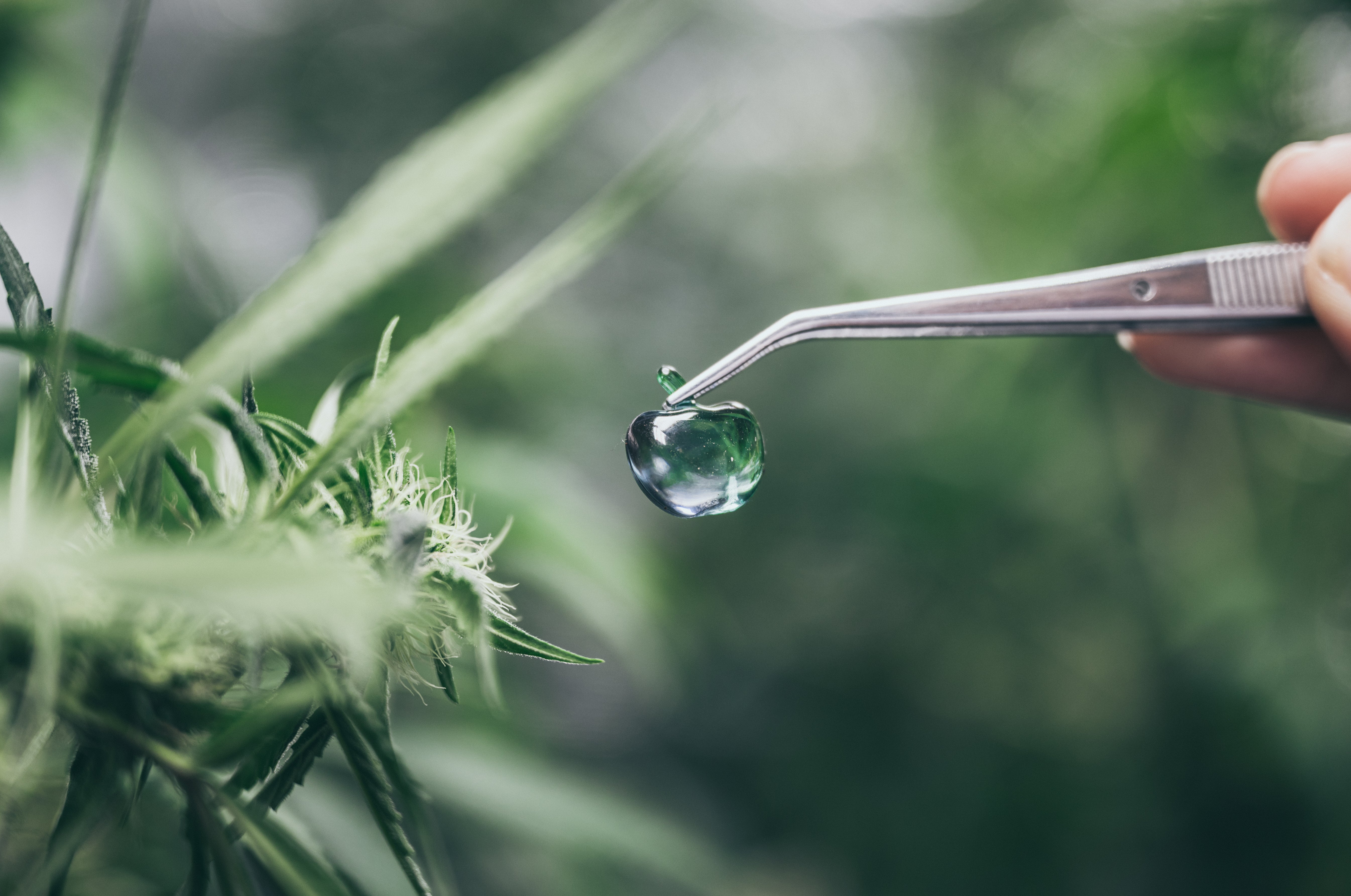





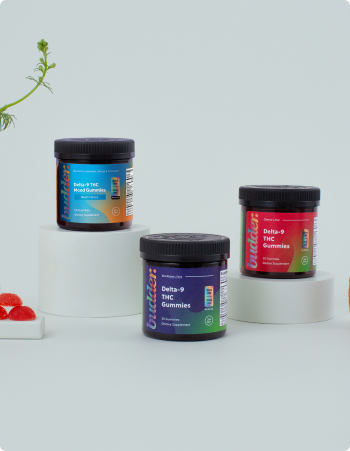


















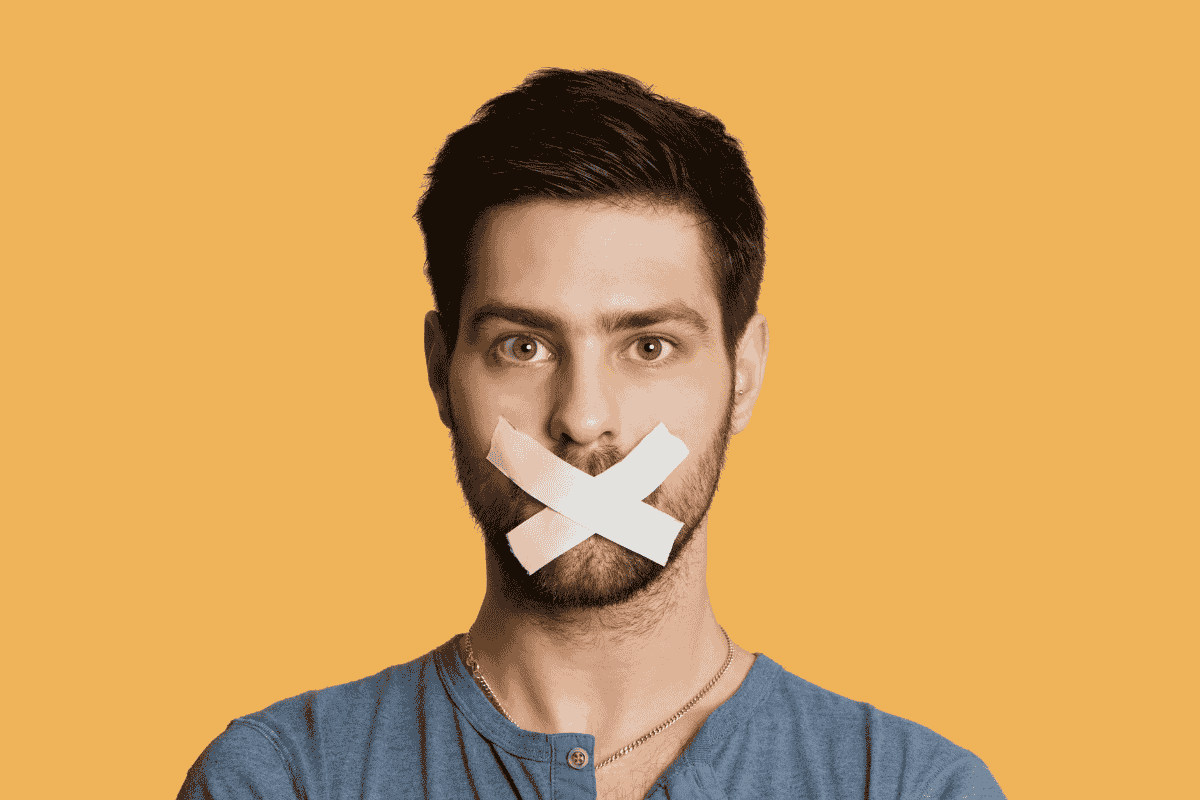







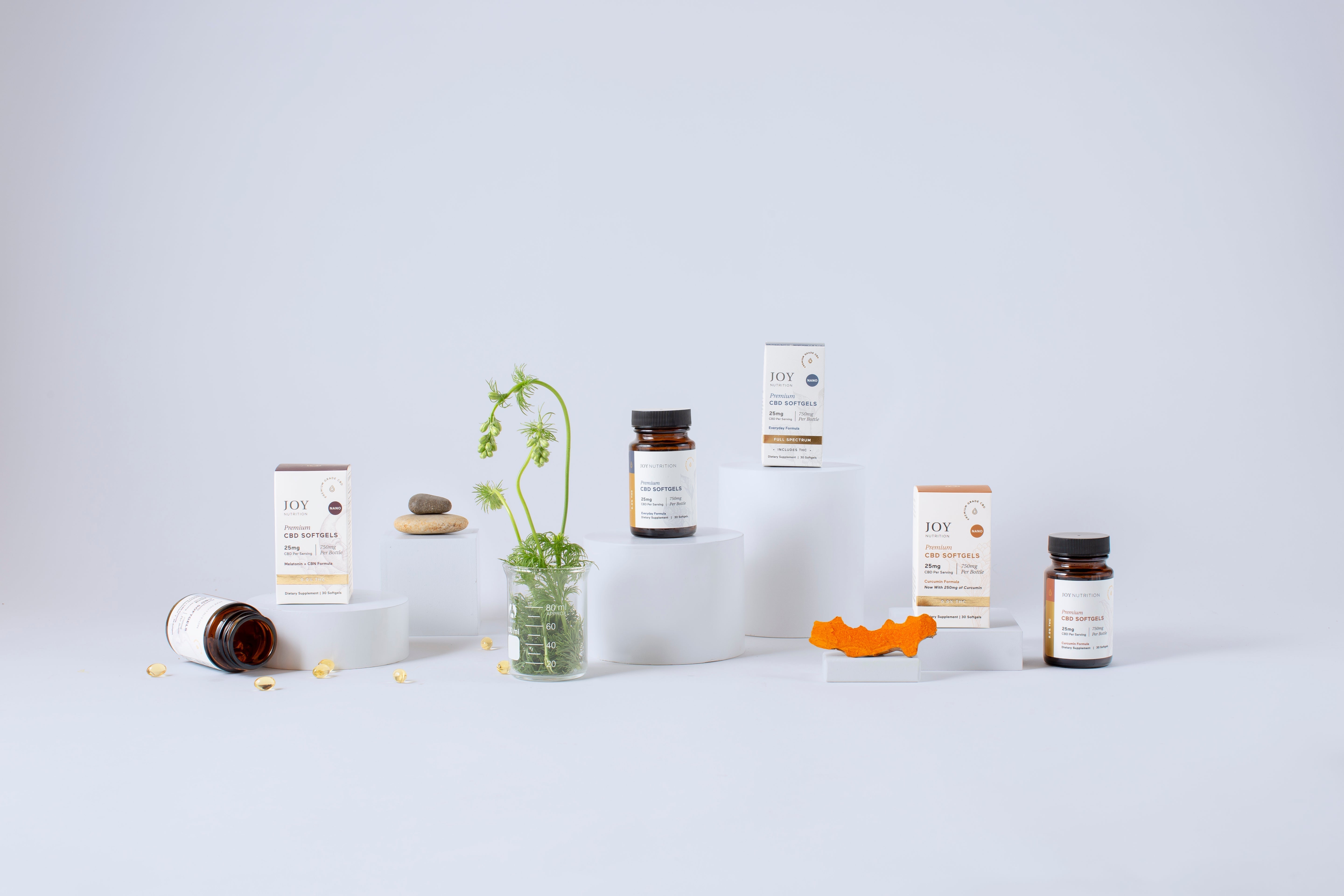











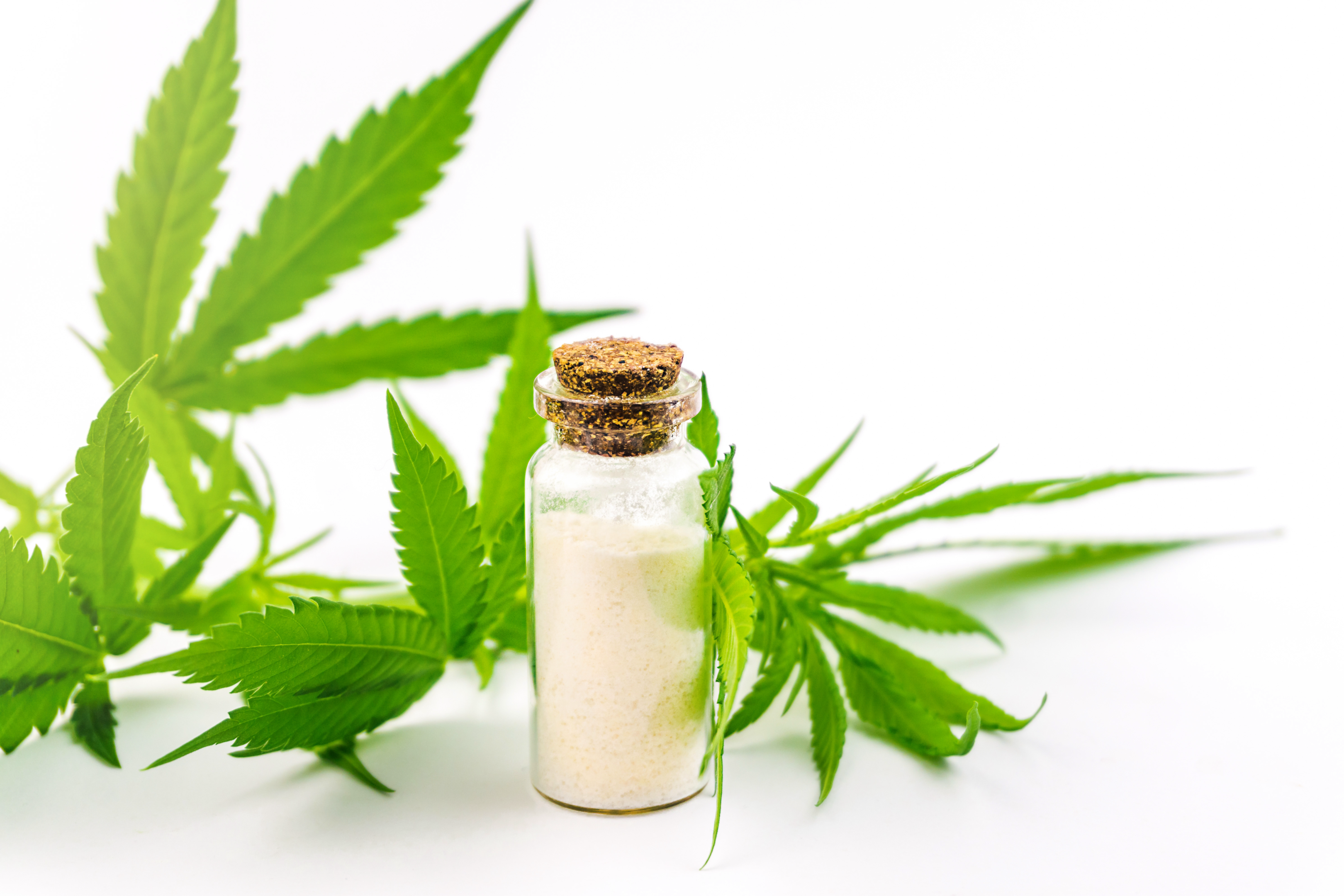

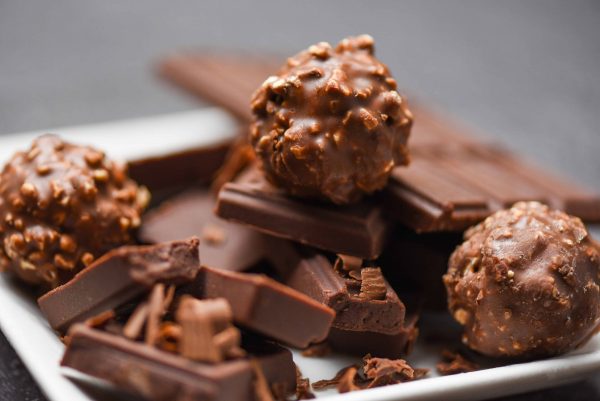
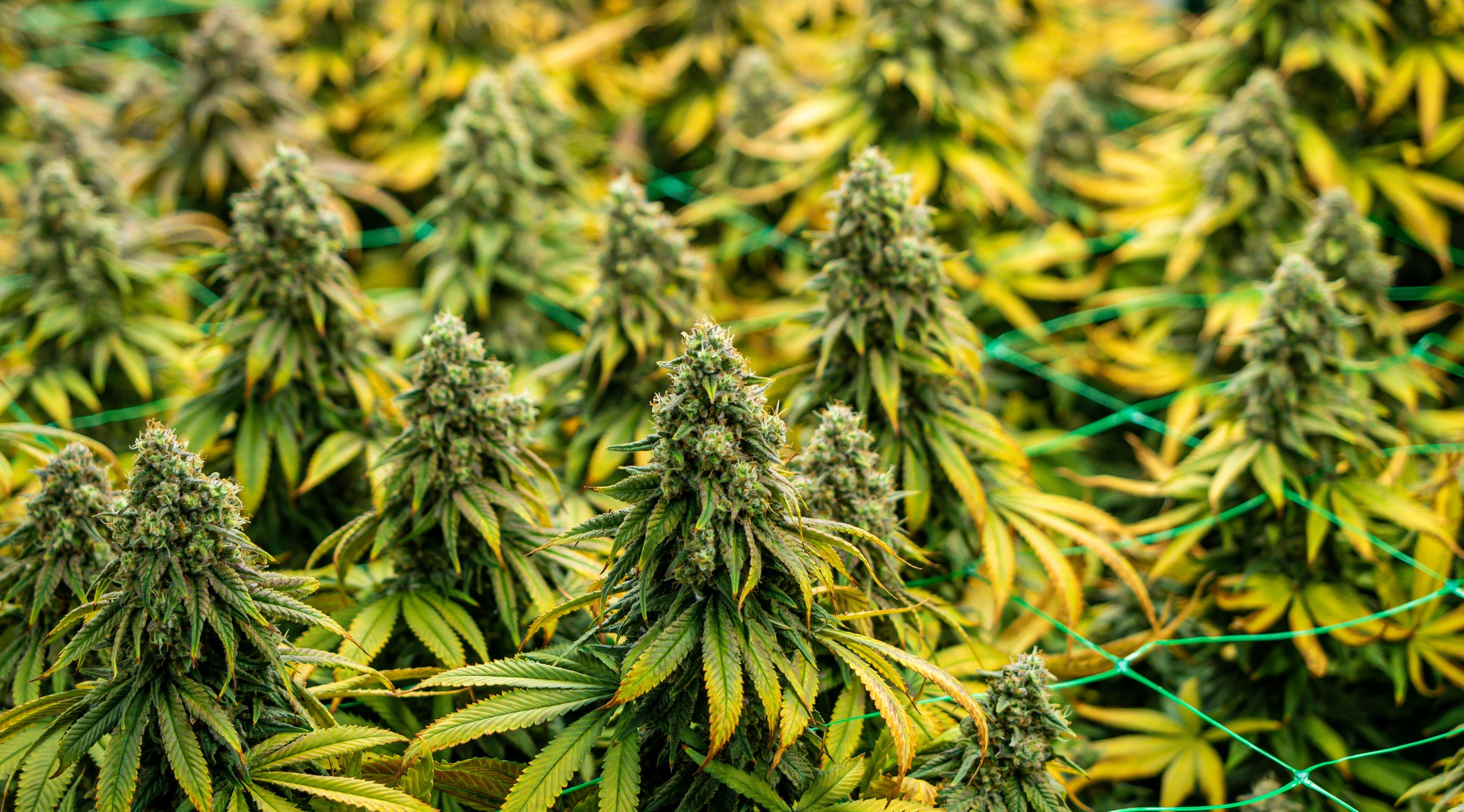


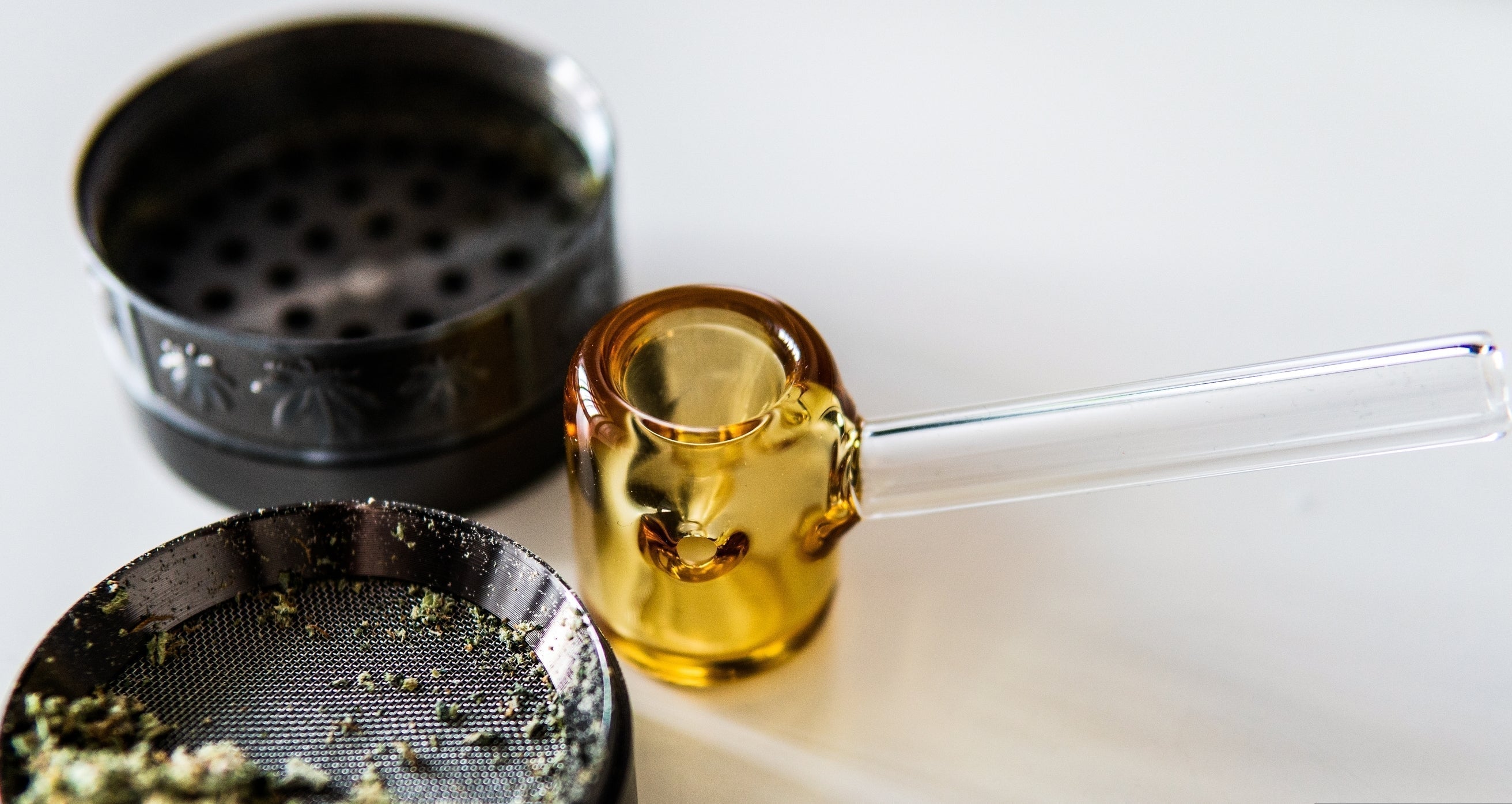

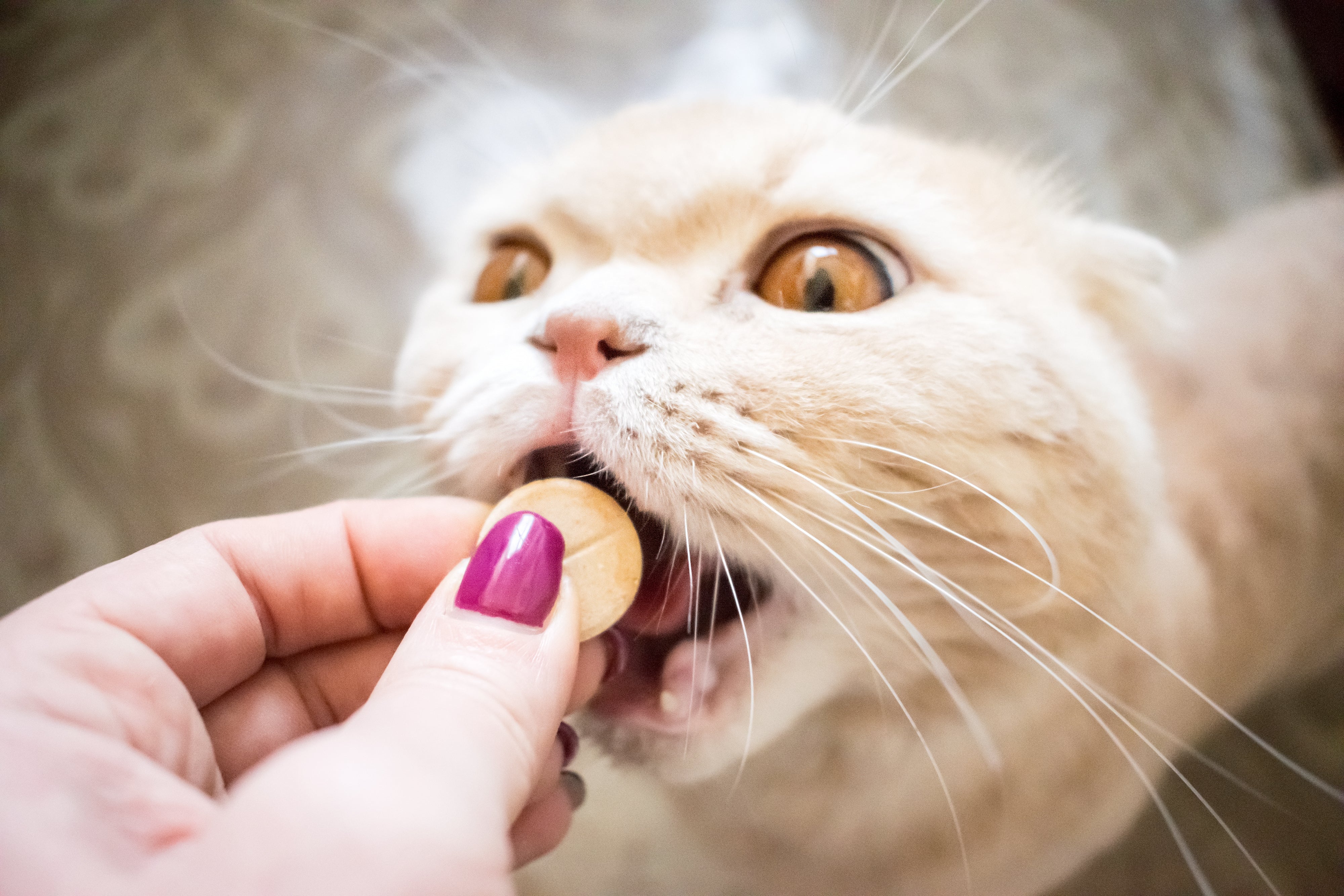

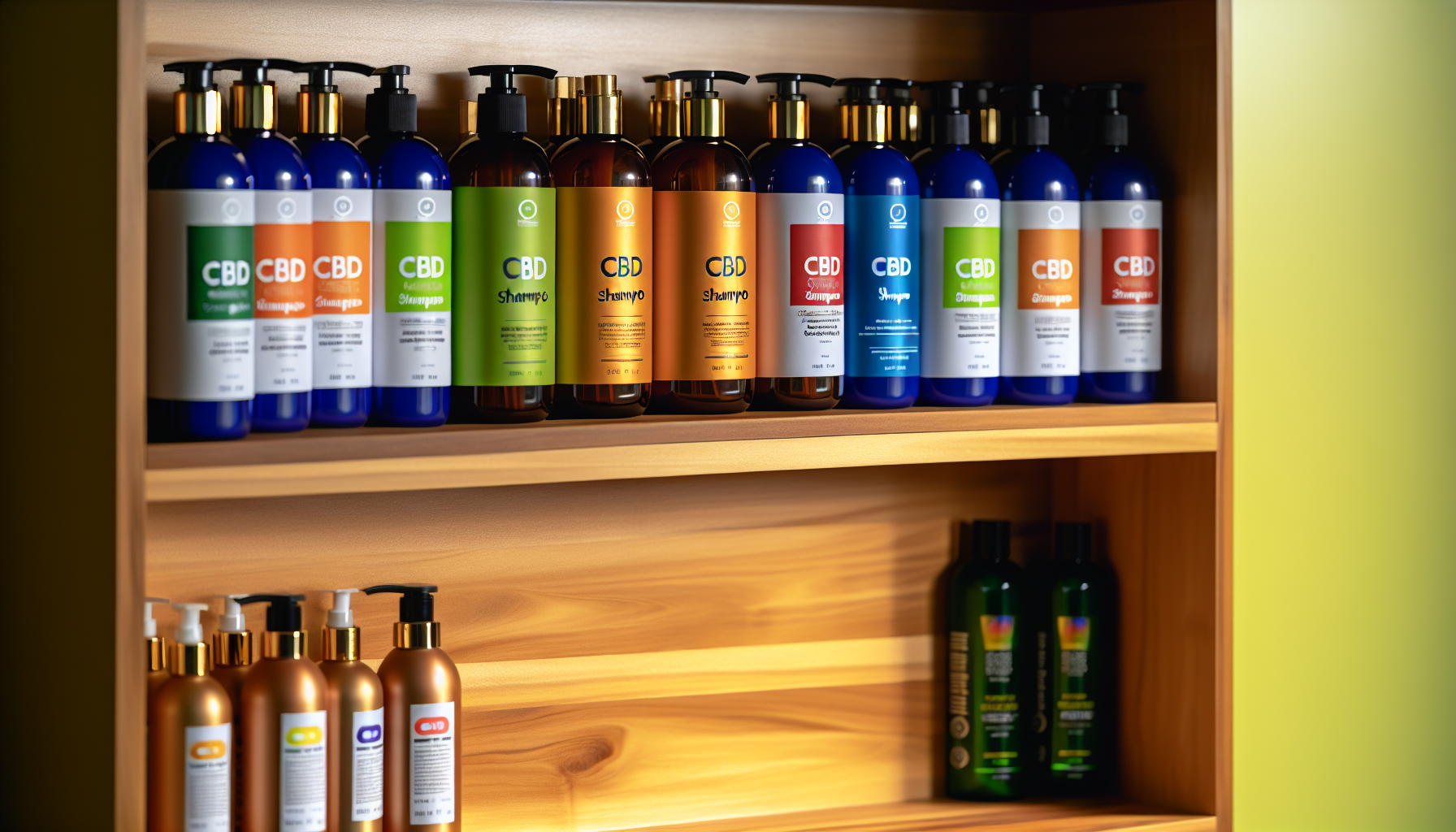
Join in on the Conversation
Your email address will not be published. Once your comment is approved, it will be published.